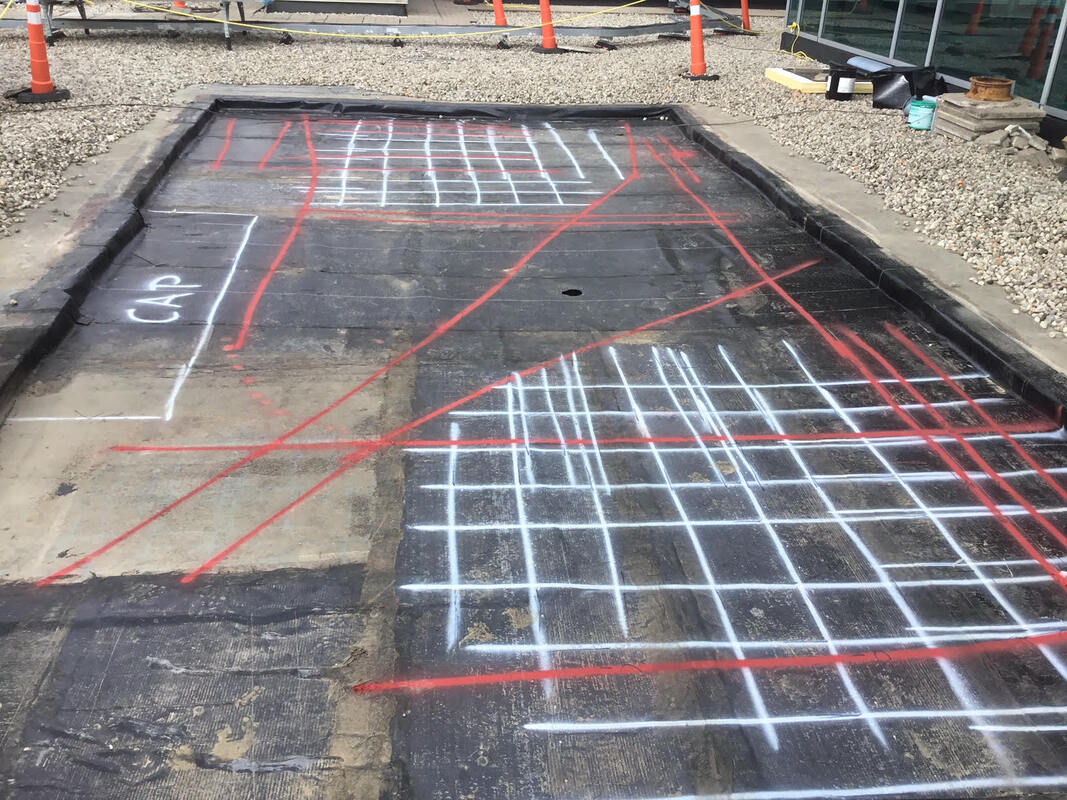Comprehensive Overview to Concrete Scanning Technologies
Comprehensive Overview to Concrete Scanning Technologies
Blog Article
Reveal the Transformative Power of Concrete Scanning in Taking Full Advantage Of Efficiency and Safety And Security
Concrete scanning has actually arised as a crucial tool in the building industry, offering unparalleled benefits in enhancing job performance and guaranteeing security criteria. The transformative power of concrete scanning lies in its capability to offer real-time data and thorough understandings, revolutionizing exactly how jobs are intended and carried out.
Importance of Concrete Scanning
Ensuring the structural honesty and security of building jobs starts with the important action of performing thorough concrete scanning. Concrete scanning is a non-destructive technique utilized to discover and map subsurface elements within concrete frameworks. This process is necessary in determining potential threats, such as rebar, post-tension cables, and conduits, that might be hidden within the concrete. By using advanced innovations like ground-penetrating radar (GPR) and electro-magnetic induction, construction groups can accurately locate these elements without triggering any kind of damage to the framework.
Additionally, concrete scanning aids in optimizing job timelines and budget by avoiding unanticipated expenses and hold-ups that might occur due to unexpected obstructions within the concrete. Inevitably, investing in complete concrete scanning is a positive approach that boosts both performance and safety and security in building projects.
Just How Concrete Scanning Functions
Concrete scanning runs as an important tool in building and construction jobs by utilizing sophisticated technologies to identify and map subsurface aspects without triggering structural damages. Ground Permeating Radar (GPR) and Electromagnetic Induction (EMI) are 2 main approaches utilized in concrete scanning. GPR jobs by emitting high-frequency radar pulses right into the surface, which get better when they come across subsurface objects or spaces. The time taken for the signal to return shows the depth and place of the things. EMI, on the various other hand, utilizes magnetic fields to determine differences in product compositions, such as determining rebar or channels within concrete frameworks.
Throughout the scanning process, the data gathered is examined in real-time, allowing immediate identification of prospective threats or challenges underneath the surface area. This details aids in decision-making, making certain that construction tasks continue securely and efficiently. Furthermore, 3D imaging software application can be used to develop topographic maps of the subsurface components, better boosting task preparation and execution. By utilizing these sophisticated modern technologies, concrete scanning significantly minimizes the danger of costly problems and injuries on building and construction sites.
Advantages of Concrete Scanning
One of the key advantages of concrete scanning is the ability to identify and find embedded things such as rebar, post-tension cable televisions, and channels precisely. Concrete scanning aids in preparation and making more successfully, as it provides precise information regarding the area and depth of structural components.

Instance Researches: Concrete Scanning Success

In one more instance, a construction business made use of 3D concrete scanning to evaluate the problem old concrete frameworks in a historical building. The thorough scans offered important insights into the degree of degeneration and aided focus on upkeep efforts successfully. By proactively resolving locations of concern identified with scanning, the business was able to extend the lifespan of the structure and guarantee resident security.
These instance researches underscore the transformative power of concrete scanning in enhancing efficiency, accuracy, and safety in building jobs.
Applying Concrete Scanning in Projects
Implementing sophisticated scanning innovations throughout building and construction projects has actually become significantly important for improving precision and security. By incorporating concrete scanning into job planning and implementation, building and construction teams can identify potential risks, such as rebar or post-tension cable televisions, concealed within concrete structures. This positive method decreases the risk of mishaps, hold-ups, and pricey rework, ultimately resulting in extra efficient project timelines and budgets.
To browse around this site execute concrete scanning effectively, job managers must collaborate very closely with skilled scanning specialists to figure out one of the most appropriate scanning methods for the specific job needs. Engaging scanning specialists from the early phases of a job makes it possible for the group to create detailed scanning strategies that resolve crucial areas of worry and guarantee comprehensive data collection.
In addition, integrating concrete scanning right into regular job operations can enhance decision-making processes, as real-time scan data provides instant insights right into the condition of concrete frameworks - Concrete Scanning. This data-driven strategy assists in informed analytic and allows groups to make adjustments immediately, fostering a culture of effectiveness and safety and security throughout the job lifecycle

Conclusion
In final thought, concrete scanning plays a critical duty in boosting performance and safety and security in building and construction jobs. By utilizing innovative innovation to map and detect out underlying frameworks within concrete, this procedure assists to avoid expensive blunders, guarantee architectural stability, and decrease dangers on website. With the capability to reveal concealed aspects and supply exact information, concrete scanning confirms to be a valuable tool for maximizing task end results and maximizing overall success.
Concrete scanning is a non-destructive approach made use of to identify and map subsurface components within concrete structures. Furthermore, concrete scanning aids in optimizing project timelines and budget plan by staying clear of unexpected costs and delays that might emerge due to unanticipated blockages within the concrete. One notable case research study entails a large-scale remodelling job where concrete scanning played a crucial function in making certain project success.In an additional situation, a building business used 3D concrete scanning to examine the problem of maturing concrete structures in a historic building. By integrating concrete scanning into project planning and execution, building and construction groups can recognize possible hazards, such as rebar or post-tension cable televisions, concealed within concrete frameworks.
Report this page